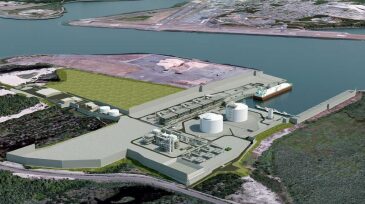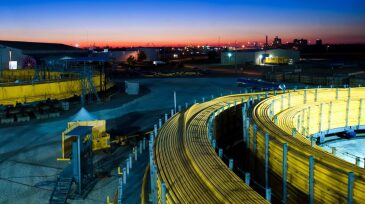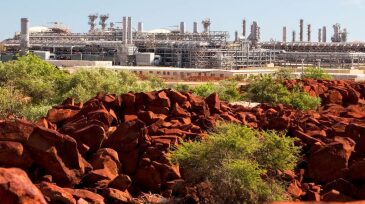Pipelines/flowlines/risers
The Gorgon Phase 3 project aims to counter declining reservoir pressure to sustain gas supplies to Western Australia’s domestic market and support LNG exports to Asia.
The contract will cover the design and manufacturing of tree systems, flexible flowlines, a manifold, and controls, as well as installation of the subsea production system.
Sponsored
Advance your career with the new Pipeline Engineering Program at the Technical University of Leoben, a 5-month course combining on-campus and online learning, integrating industry expertise, engineering practice, and future-ready skills for professionals in oil, gas, and emerging energy systems.
-
The US approved construction and operations for the Jordan Cove project in March; first gas is anticipated in 2024
-
Why steel casing or tubing? What does it have to do with sustainability? Is it time to change? These are a few of the questions we need to think about to move from the status quo.
-
The single independent riser (SIR) is a hybrid riser configuration optimized for ultradeepwater field development. The SIR is composed of a flexible jumper and a rigid part vertically tensioned by means of distributed or continuous buoyancy.
-
This paper analyzes the risk of hydrate formation and blockage, aiming at various gas/liquid flow patterns and considering the phase distribution and interface distribution characteristics of different flow patterns.
-
The umbilicals will be designed and manufactured at Aker Solutions’ facility in Alabama.
-
This paper shows how high-frequency, real-time drilling data from wired drillpipe has helped optimization of drilling performance and achievement of additional improvements in the New Mexico Delaware Basin.
-
The complete paper describes the development of a smart robotic inspection system for noncontact condition monitoring and fault detection in buried pipelines.
-
Large-scale subsea infrastructure is a feature of the world’s territorial seas, with much of it associated with oil and gas. Research on fish and fisheries interacting with subsea infrastructure, however, has been limited. This paper presents research on fish species associated with pipelines.
-
The funding from Chevron Technology Ventures and Energy Innovation Capital will help scale Ingu’s data collection platform and analysis for its Pipers technology, a pipeline screening tool launched last year.
-
The pipeline is the first step in developing the infrastructure needed to transport gas between Pluto LNG and the Karratha Gas Plant in Western Australia. Woodside is targeting 2022 startup.













